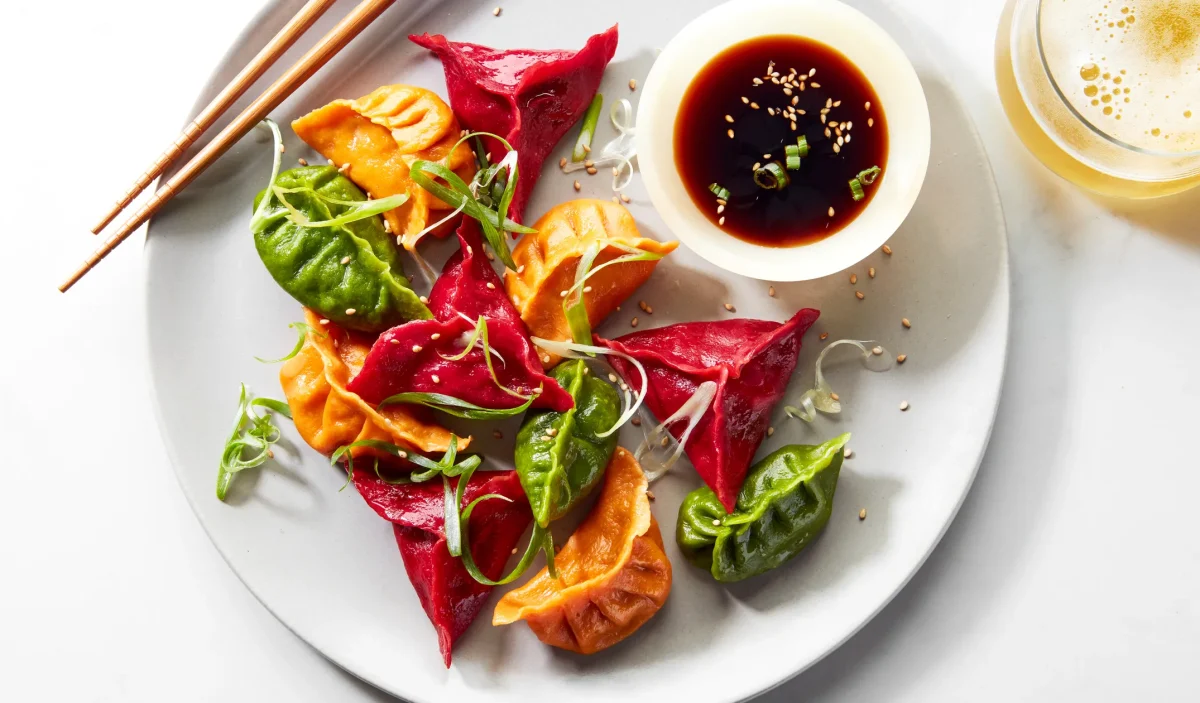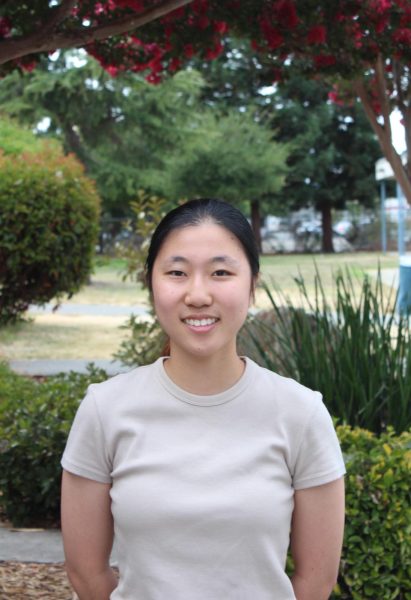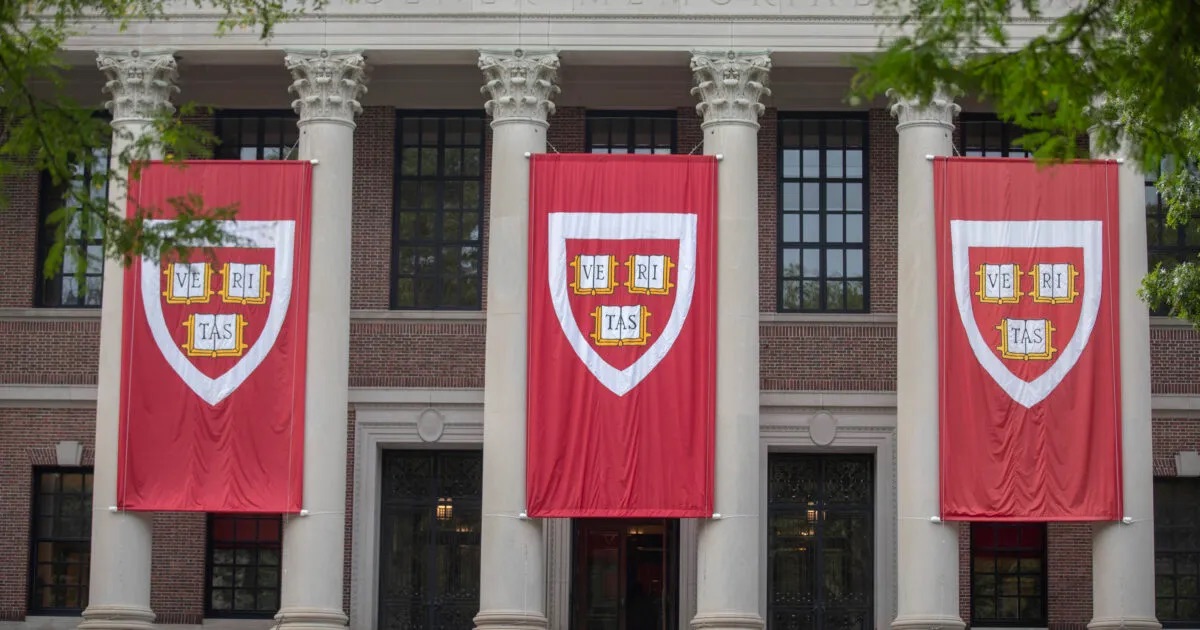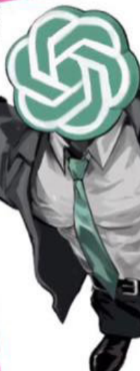Mary Lin: “A culturally significant food in China is dumplings, and eating dumplings on New Year’s Eve has been a long-standing tradition. Dumplings were supposedly created by a physician named Zhang Zhongjing as a way to help villagers survive the cold winters. He wrapped healing herbs and mutton inside a thin dough wrapper, boiled them, and handed them out to prevent frostbite. The practice of eating dumplings on Lunar New Year’s Eve originated because people thought dumplings resembled an ancient Chinese form of currency: the gold ingot. Eating them represented their hopes for wealth and prosperity in the year. Our family makes dumplings every New Year’s Eve. We like to add different colors to the wrappers to make multi-color dumplings, which is a more modern and fun way of making them. There’s a custom of hiding a coin inside a single dumpling. Whoever eats the dumpling with the coin is said to have good luck for the rest of the year. However, you have to be careful not to break your teeth on them, which is why my family likes to use raisins instead.”
Simra Fatima: “Sheer Khurma is a dish commonly made by Muslims, especially in South Asian Muslim cultures. Ramadan is a month-long fast, and Eid is the day we break our fast. It’s a day of celebration. Every year, our family would gather together and my mom would make Sheer Khurma, a deliciously traditional dessert. It’s one of my personal favorites and I always look forward to it at the end of Ramadan. This dish is a specialty of Eid and is prepared by many families on that day. My mom always includes dates, which also hold cultural significance in Islam. The prophet used to eat them quite a lot and incorporated them into many dishes. They symbolize nourishment and blessing. To make Sheer Khurma, you add dates, nuts, and dried fruits in milk with vermicelli, and eat it all together. It’s a really beautiful and happy occasion.”
Annie Le: “In Vietnamese culture, food is something that connects people. Whenever my relatives come over and visit, we always share our meals and it’s a way we bond. It brings us a little bit closer together. One dish that holds significance in my culture is banh chung, also known as the Tet sticky rice cake. This is a savory dish made with sticky rice, mung beans, and pork, all wrapped in banana leaves to form a square. There’s actually a story behind banh chung. A long time ago there was an old king who held a competition to choose his heir. He told all his sons to bring him a unique dish. The 18th son was very poor, and couldn’t afford the extravagant dishes his brothers were offering, and had to use simple household ingredients to create something new. He decided to make banh chung, which was square, to represent the earth, and banh giay to represent the round sky (*At the time, some Asian countries believed that the earth was square and the heavens were round ). He ended up winning the competition and proved that he was worthy of ruling. Ever since, Vietnamese families eat banh chung every year during Tet, our Lunar New Year. We also make Banh Chung as a way to honor our ancestors and to ask them for support. Our family likes to pan-fry them so they become crispy and flat.”





